Cuttings (short and sweet):
- Follow Dr. Toby Daly-Engel’s shark research lab on twitter!
- Cod catch at an all-time low, but a rebound could be near. By Patrick Whittle, for the Associated Press.
- Right whale died from fishing gear. From CBC News
Over 15 years of ocean science and conservation online
Cuttings (short and sweet):

Fog Horn (A Call to Action)
Flotsam (what we’re obsessed with right now)
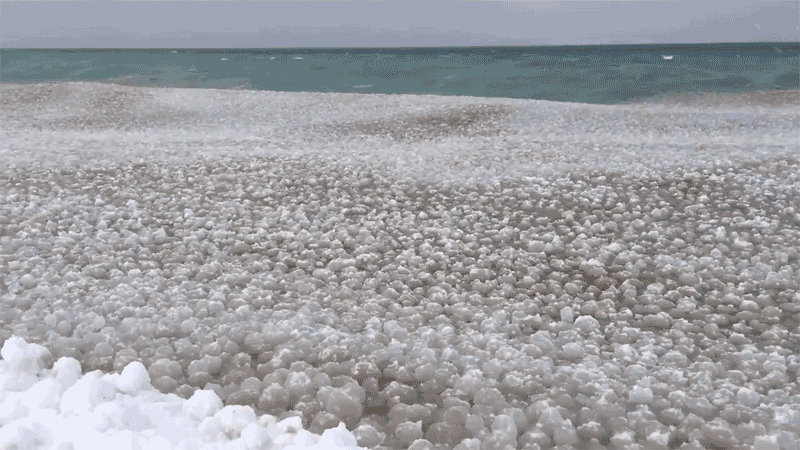
Happy Holidays from the Southern Fried Science Team!
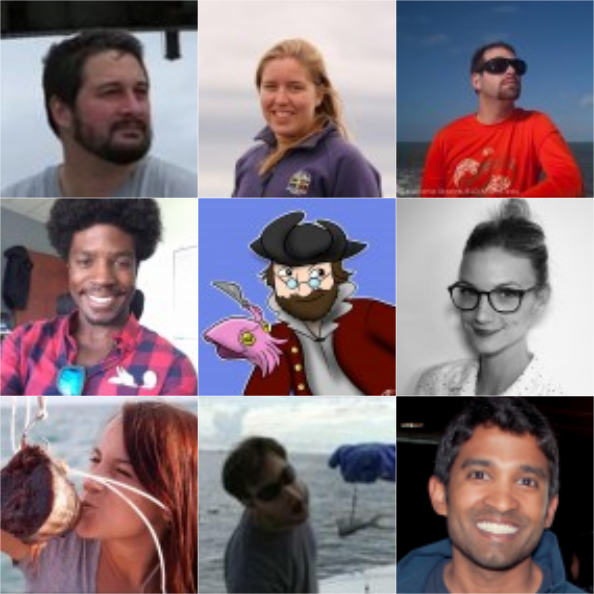
Fog Horn (A Call to Action)
Flotsam (what we’re obsessed with right now)
https://www.youtube.com/watch?v=KhuY8eNLzBM
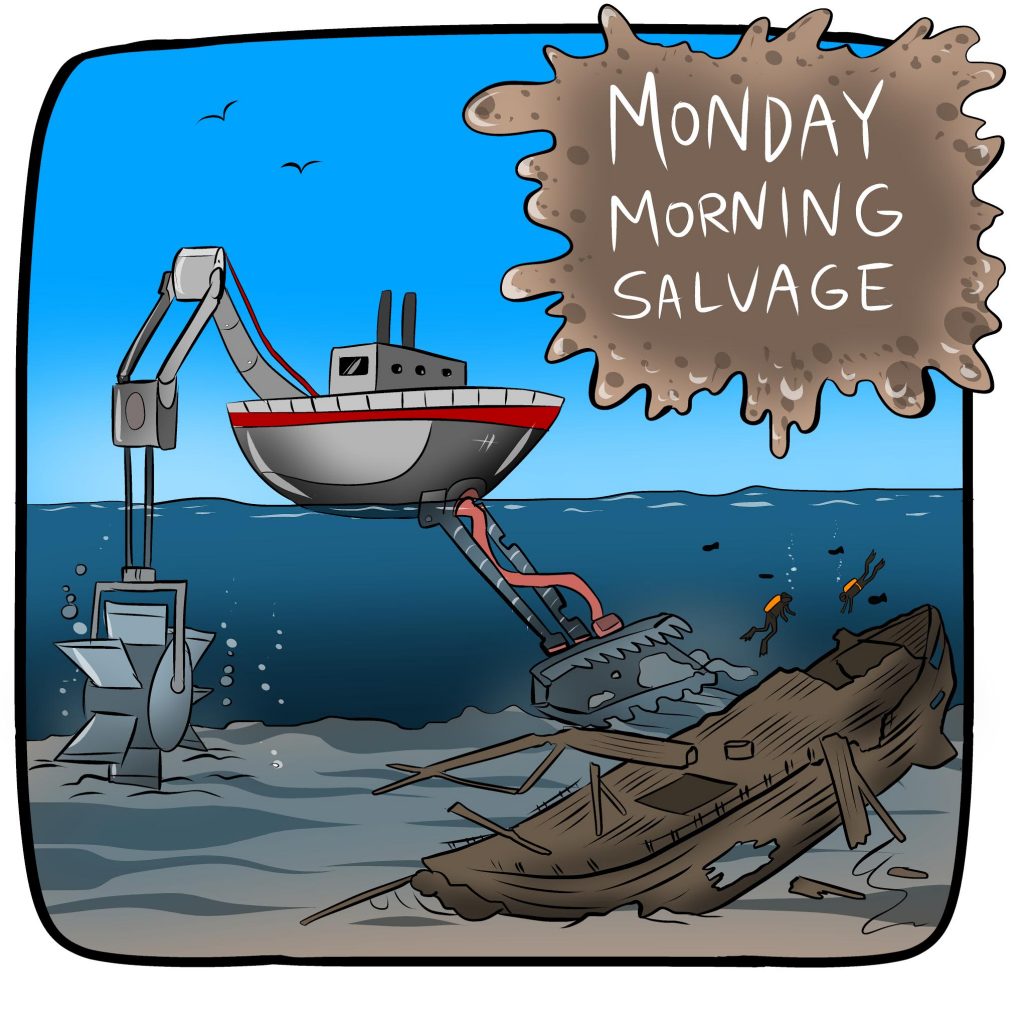
Flotsam (what we’re obsessed with right now)
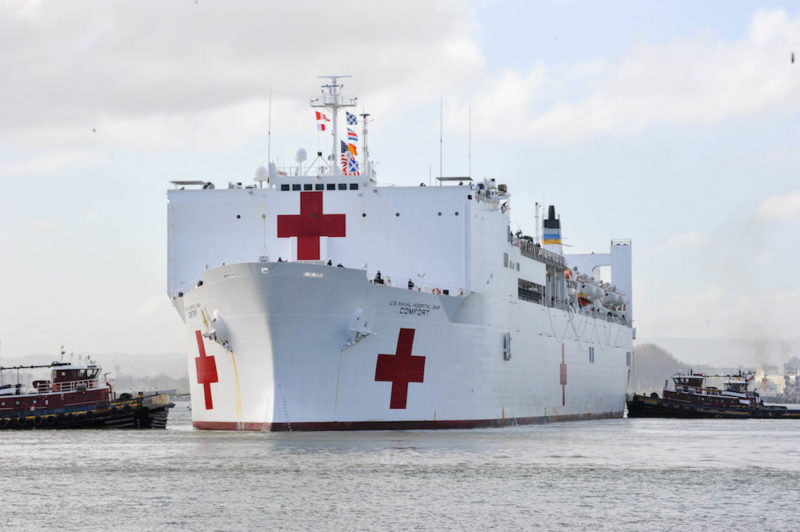
Cuttings (short and sweet):
Read More “Asian carp, airguns, and cod recoveries: Thursday Afternoon Dredging: June 29th, 2017” »
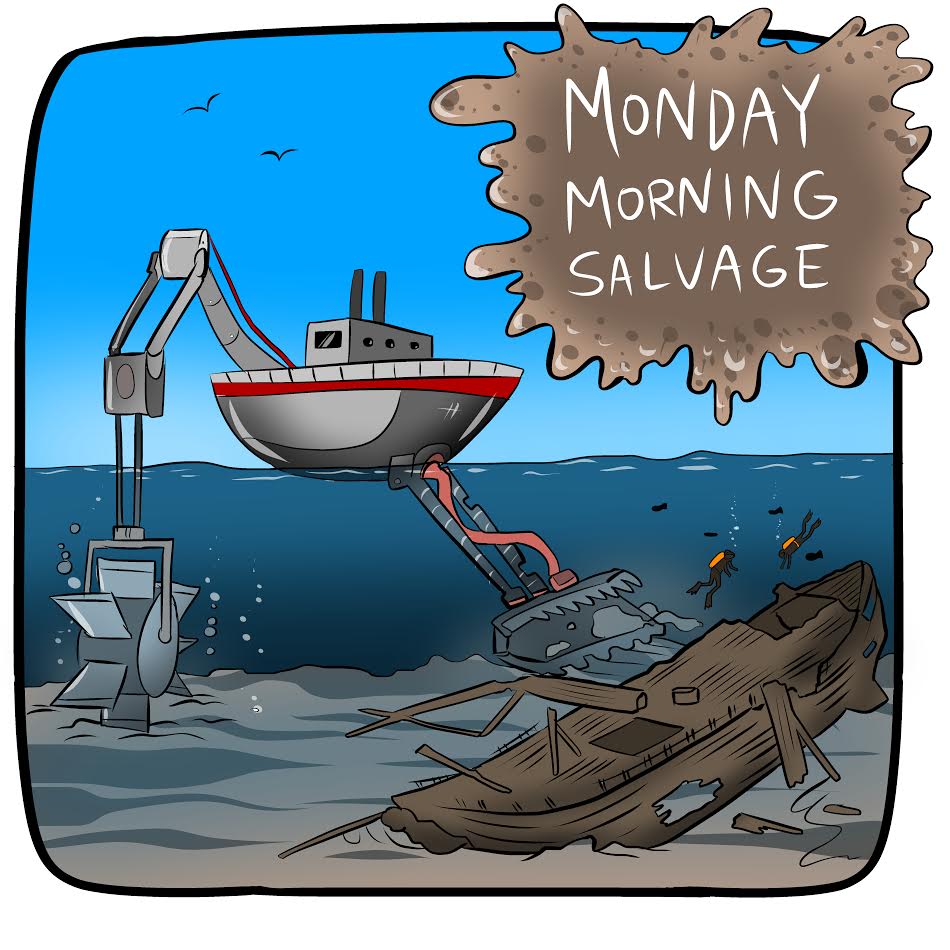
Flotsam (what we’re obsessed with right now)
One of my favorite things to do is browse through google maps looking for weird formations and places of historical curiosity. Apparently I’m not alone, as there are hordes of map hunters searching for the bizarre on this increasingly bizarre world. That’s right! It’s time for yet another installment of “this thing on Google maps is not a sea-monster/alien/UFO/ancient pyramid”.
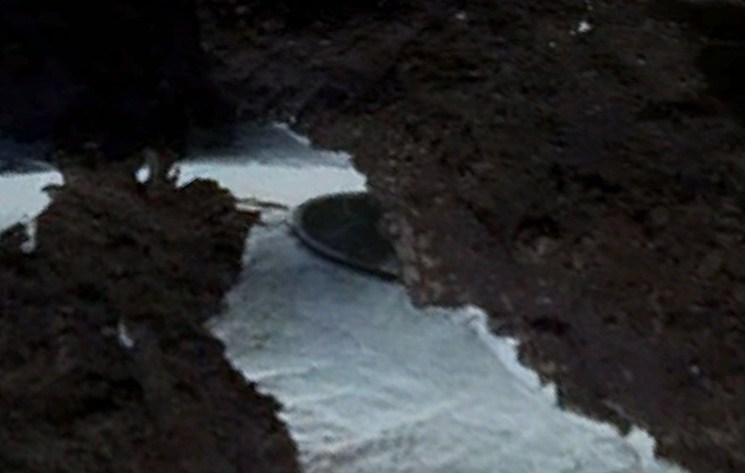
This newest discovery comes from Antarctica, where monster hunters have found what looks like a perfect disc sitting on the ice. Could it be a UFO? The image is surprisingly compelling.
It’s very round for one, and it looks like it’s sitting on top of a glacier, partially covered by rock. The 60-foot-wide object looks remarkably like a classic flying saucer.
SPOILERS: It’s not a UFO.
No. No they did not. I awoke this morning to a delightful flood of emails in my inbox pointing to this article: Has a KRAKEN been spotted on Google Earth? Monster hunters claim to have found 120m long giant squid-like creature. In short, while exploring the area around Deception Island on Google Earth, some well-known anomaly hunters … Read More “Did monster hunters find a 120 meter long giant squid on google maps?” »
We traveled to Cape Lookout Bight aboard the R/V Susan Hudson to sample sediment and test our homemade ROV. Along the way, we asked the research team to talk about their favorite marine ecosystems. httpv://www.youtube.com/watch?v=_vpX4XGNjf8 Let us know what your favorite marine ecosystems are in the comments below.
Megumi Shimizu is a graduate student aboard the RVIB Nathaniel B. Palmer to collect sediment samples near Antarctic Peninsula as a part of the LARISSA project. She is interested in microorganisms and biogeochemistry of marine sediments; how the metabolism of microorganisms interact with the surrounding environment and the chemical components in sediments. See her first update here.
 Are you playing with mud on the research vessel?
Are you playing with mud on the research vessel?
Some people on the ship joked when they saw me processing my sediment core. Yes, I’m playing with mud in Antarctica. Sampling sediments can tell us a lot, not only what happened across geologic time scales, but also what kind of organisms are living in the sediment, microbiology, and the geochemical conditions. We are serious about collecting mud and playing with mud.
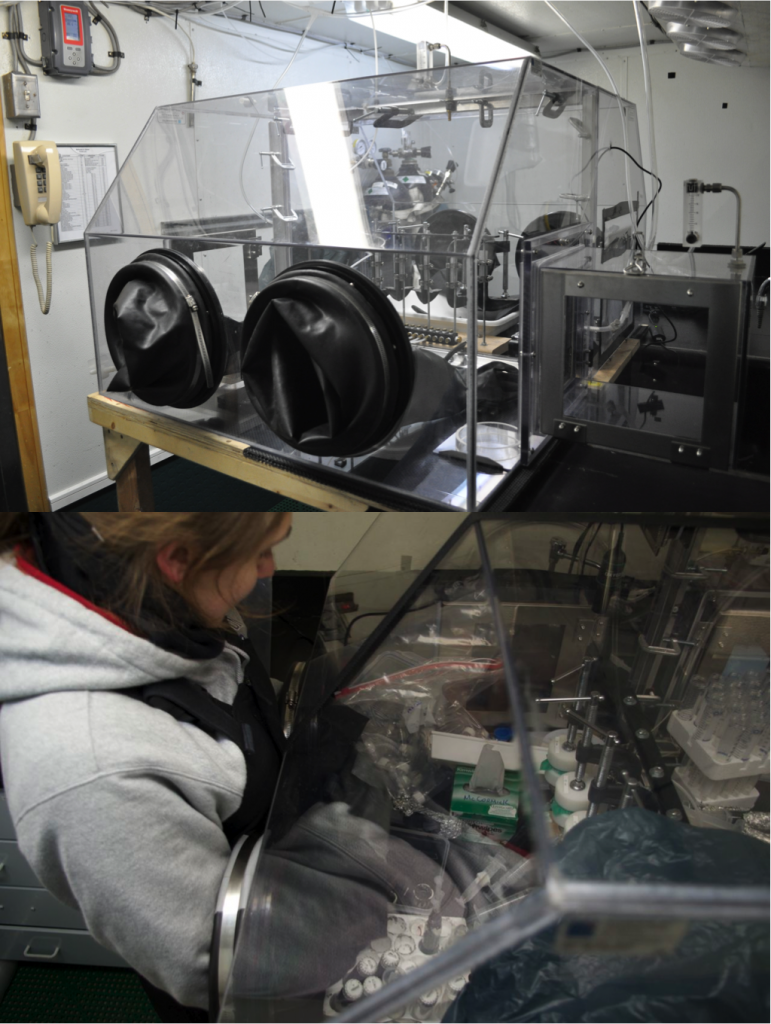
Nathaniel B. Palmer has three pieces of equipment to collect sediment; the megacore, kasten core, and jumbo piston core. The length you can reach below seafloor is different, 40cm, 1.5 to 6m and 24m respectively. Megacore is more suitable for biological studies since it preserves the sediment-water interface better than kasten core and jumbo piston core. Geological studies prefer Kasten core and jumbo piston core so that they can get older data from the sediment.
For my microbial lipid biomarker study, I’m taking samples from the megacore and kasten core. Along with microbial lipid and DNA, our team is collecting sediment and porewater (the water in pore spaces of sediments) to analyze geochemical properties of sediments, such as methane, sulfate, sulfide, and dissolved inorganic carbon. To maintain the condition of the sediments as close as the real environment, the sediment cores are processed under the condition of cold (~0C degree) and anoxic (no oxygen). How to make that condition? We have a special room called “The Little Antarctica”, on the ship, which is a big refrigerator containing glove box. A glove box is the transparent container with two pairs of gloves. The inside of the box is kept practically anoxic (less than 1% of oxygen. Atmospheric oxygen is ~20%).